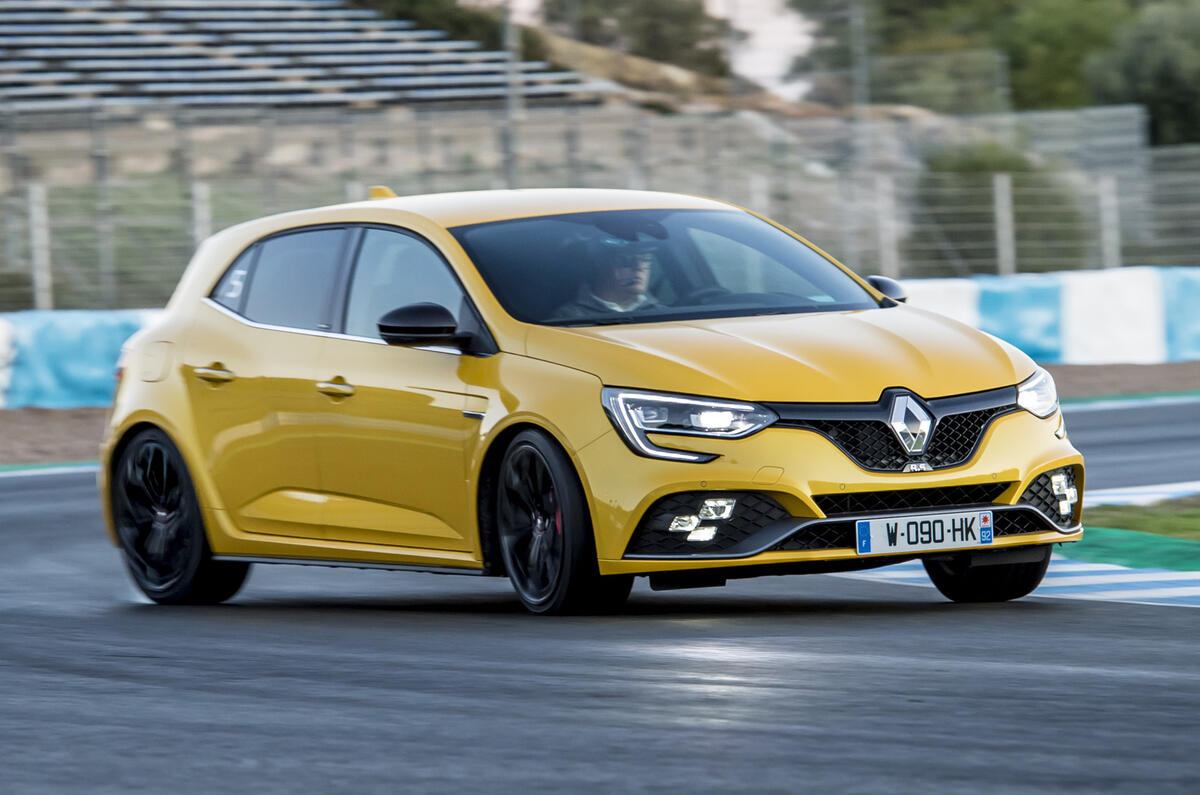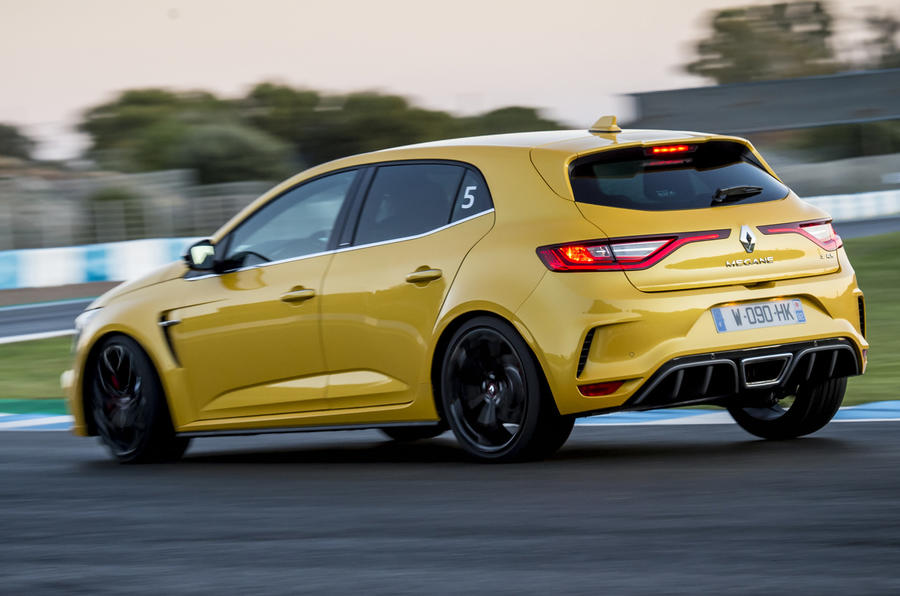Few performance cars have been lavished with a more consistent flow of praise by hot hatchback aficionados than the Renault Mégane RS. This car has bossed the fast front-drive niche for most of its life, having appeared with that memorable ‘bustle-back’ styling in 2004 and promptly set new class benchmarks for driver involvement and handling poise.
But it’ll take something to reclaim that familiar old perch now, with the Honda Civic Type R having become a brilliant driver’s car in its own right and the Volkswagen Golf GTI, Seat Leon Cupra R and four-wheel-drive Ford Focus RS suddenly making competition in the segment seem little less fierce than what Renault’s been coming up against in Formula 1 of late.
For that reason and others, you could call the launch of this third-generation Mégane RS (it’s also the performance version of the fourth-gen Mégane, confusingly) something of a watershed moment. Can the firm that brought us the flawed Renault Clio RS 200 rediscover its sparkling form of old? Does Dieppe still have whatever it was that made so many of its hot hatchbacks so good for so long, or is it lost forever? Has Renault’s Alpine A110 sports car, brilliant as it may be, swallowed up so much engineering talent that what could be considered Renault Sport’s most important product has been left undernourished? It’d be understandable. But forgivable? I’m not so sure.






































































